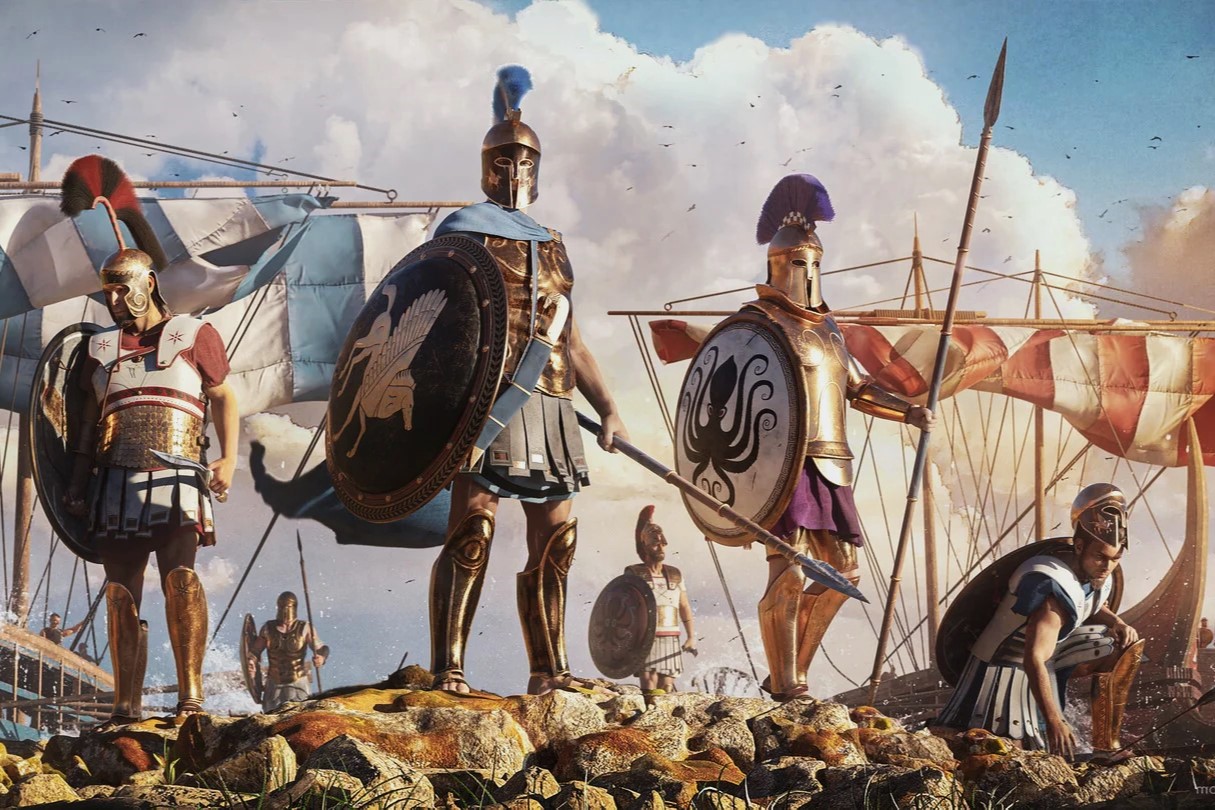
Military service has a rich history and is filled with intriguing details that many might not know. Did you know that the oldest military unit still in operation today is the Pontifical Swiss Guard, established in 1506? Or that the United States spends more on its military than the next ten countries combined? These facts highlight the vast and varied world of military service. From the unique traditions of different branches to the technological advancements shaping modern warfare, there's much to learn. Whether you're a history buff, a military enthusiast, or just curious, these 38 facts will give you a deeper understanding of the military's role in shaping our world.
Key Takeaways:
- Military service has a long history, from ancient armies to modern technology. It involves rigorous training, discipline, and the potential for receiving prestigious awards.
- Global military presence is significant, with countries like the US, Russia, and China maintaining bases and influencing international relations. Military life fosters camaraderie and unique traditions.
History of Military Service
Military service has a rich history that spans centuries. Here are some fascinating facts about its origins and evolution.
- The first recorded standing army was established by Sargon of Akkad around 2334 BC in Mesopotamia.
- The Roman Empire had one of the most disciplined and effective military forces in history, known for their rigorous training and innovative tactics.
- The concept of conscription, or mandatory military service, dates back to ancient Greece and Rome.
- During the Middle Ages, knights were often required to serve their lords in military campaigns as part of the feudal system.
- The Samurai of Japan were a warrior class that served their lords with a strict code of honor known as Bushido.
Modern Military Service
Modern military service has evolved significantly, incorporating advanced technology and new strategies. Here are some key facts about contemporary military service.
- The United States has the largest military budget in the world, spending over $700 billion annually.
- Women have been officially allowed to serve in combat roles in the U.S. military since 2013.
- Many countries, including Israel and South Korea, have mandatory military service for all citizens.
- The Geneva Conventions, established in 1949, set international legal standards for humanitarian treatment in war.
- The United Nations has peacekeeping forces made up of soldiers from various member countries to help maintain global peace and security.
Training and Discipline
Military training is rigorous and designed to prepare soldiers for the challenges they may face. Here are some facts about military training and discipline.
- Basic training, also known as boot camp, typically lasts between 8 to 12 weeks.
- The U.S. Navy SEALs undergo some of the most intense training in the world, including "Hell Week," a grueling five-and-a-half-day test of endurance.
- Military academies, such as West Point in the United States, provide a college education along with military training.
- Physical fitness is a crucial component of military training, with regular tests to ensure soldiers meet required standards.
- Discipline and following orders are fundamental principles in the military, essential for maintaining order and effectiveness.
Military Technology
Advancements in technology have transformed military operations. Here are some intriguing facts about military technology.
- Drones, or unmanned aerial vehicles (UAVs), are increasingly used for surveillance and combat missions.
- The development of nuclear weapons during World War II marked a significant shift in military power dynamics.
- Stealth technology, which makes aircraft less detectable by radar, was first used by the U.S. military in the 1980s.
- Cyber warfare has become a critical aspect of modern military strategy, with nations investing heavily in cybersecurity.
- The Global Positioning System (GPS), initially developed for military use, is now a vital tool for navigation worldwide.
Military Ranks and Structure
Understanding the hierarchy and structure of the military is essential. Here are some facts about military ranks and organization.
- Military ranks are divided into enlisted personnel, non-commissioned officers (NCOs), and commissioned officers.
- The highest rank in the U.S. Army is General of the Army, a five-star rank that has only been held by five individuals.
- In the British Army, the rank of Field Marshal is the highest, though it is rarely awarded.
- Each branch of the military has its own unique rank structure and insignia.
- The chain of command is a critical aspect of military organization, ensuring orders are passed down efficiently.
Military Awards and Honors
Military service members can receive various awards and honors for their bravery and service. Here are some notable facts about military awards.
- The Medal of Honor is the highest military decoration awarded by the United States government.
- The Victoria Cross is the highest military honor in the British and Commonwealth armed forces.
- The Purple Heart is awarded to U.S. service members who are wounded or killed in action.
- Many countries have their own unique military awards, such as the French Legion of Honour.
- Military awards often come with specific criteria and are presented in formal ceremonies.
Military Life and Culture
Life in the military comes with its own unique culture and experiences. Here are some insights into military life.
- Military families often move frequently due to assignments and deployments.
- Camaraderie and teamwork are highly valued in the military, fostering strong bonds among service members.
- Military bases are like small communities, providing housing, schools, and recreational facilities for service members and their families.
- Veterans often face challenges transitioning to civilian life, including finding employment and accessing healthcare.
- Many military traditions, such as saluting and marching, have historical origins and are still practiced today.
Global Military Presence
The military presence of various countries around the world plays a significant role in international relations. Here are some facts about global military presence.
- The United States has military bases in over 70 countries around the world.
- Russia maintains a significant military presence in Eastern Europe and Central Asia.
- China has been expanding its military influence in the South China Sea, building artificial islands and military installations.
The Final Salute
Military service is packed with fascinating details that often go unnoticed. From the rigorous training to the unique traditions, each fact reveals a piece of the larger picture. Soldiers' dedication, the history behind their uniforms, and the technology they use all contribute to a deeper understanding of their world. These facts not only highlight the bravery and commitment of those in uniform but also remind us of the sacrifices made for our safety and freedom. Next time you see a service member, remember the incredible journey they’ve undertaken. Their stories, filled with courage and resilience, deserve our utmost respect. Whether you're a history buff or just curious, these insights offer a glimpse into the life of a soldier. So, keep exploring, stay curious, and always appreciate the heroes among us.
Frequently Asked Questions
Was this page helpful?
Our commitment to delivering trustworthy and engaging content is at the heart of what we do. Each fact on our site is contributed by real users like you, bringing a wealth of diverse insights and information. To ensure the highest standards of accuracy and reliability, our dedicated editors meticulously review each submission. This process guarantees that the facts we share are not only fascinating but also credible. Trust in our commitment to quality and authenticity as you explore and learn with us.


